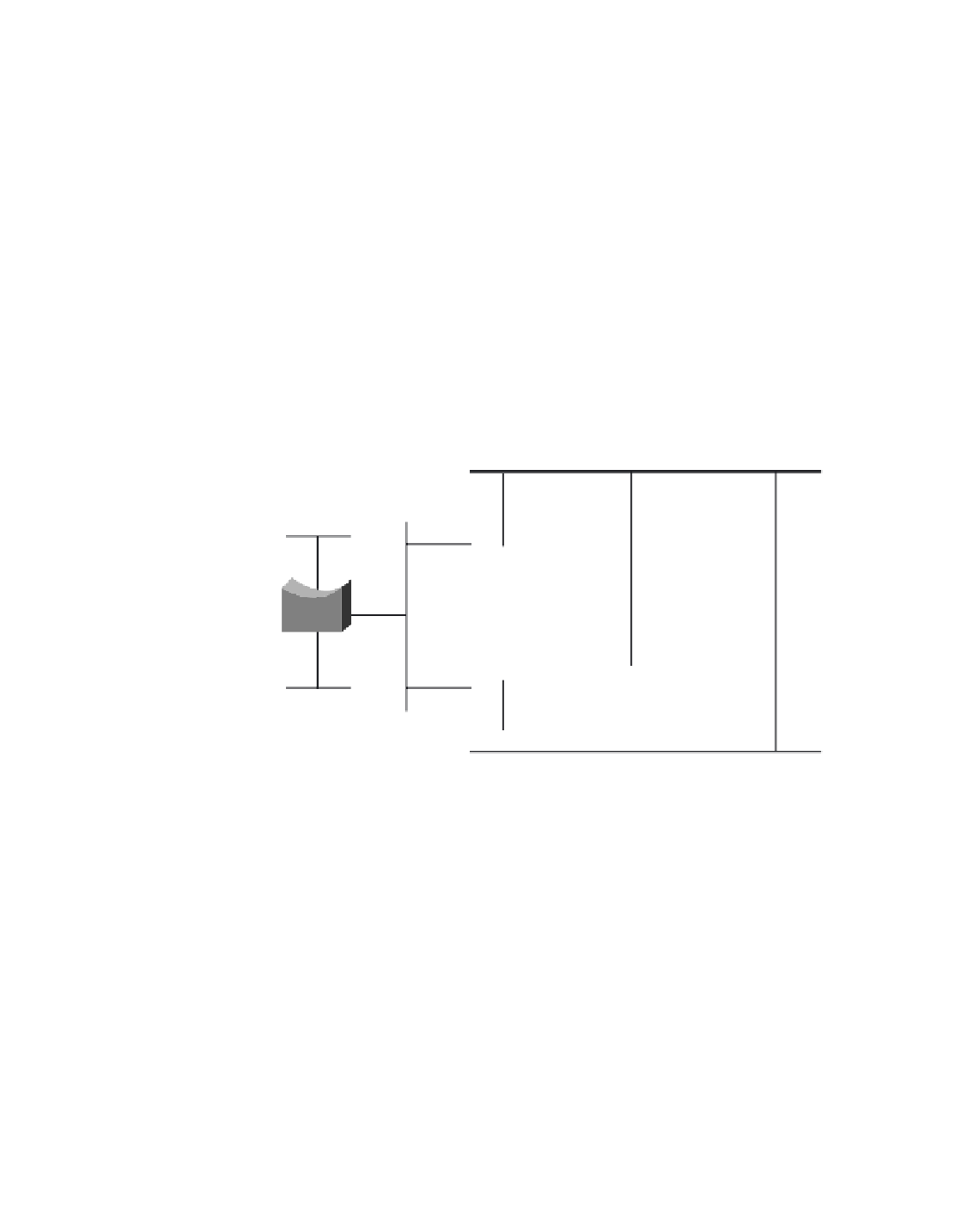Information Technology Reference
In-Depth Information
Finally, designated bridges and their designated ports are determined. A designated bridge is the bridge
on each LAN that provides the minimum root path cost. A LAN's designated bridge is the only bridge
allowed to forward frames to and from the LAN for which it is the designated bridge. A LAN's
designated port is the port that connects it to the designated bridge.
In some cases, two or more bridges can have the same root path cost. For example, in Figure 20-3,
Bridges 4 and 5 can both reach Bridge 1 (the root bridge) with a path cost of 10. In this case, the bridge
identifiers are used again, this time to determine the designated bridges. Bridge 4's LAN V port is
selected over Bridge 5's LAN V port.
Using this process, all but one of the bridges directly connected to each LAN are eliminated, thereby
removing all two-LAN loops. The STA also eliminates loops involving more than two LANs, while still
preserving connectivity. Figure 20-3 shows the results of applying the STA to the network shown in
Figure 20-2. Figure 20-3 shows the tree topology more clearly. Comparing this figure to the
pre-Spanning Tree figure shows that the STA has placed both Bridge 3 and Bridge 5's ports to LAN V
in standby mode.
Figure20-3 A Transparent Bridge Network After STA Is Run
LAN X
20
D
LAN Z
20
D
Bridge 1
D10
20
R
10
R
20
R
Bridge 2
Bridge 3
Bridge 4
LAN N
20
10
D
D10
10
Bridge 5
R
LAN Y
10
D = designated port
R = root port
V through Z = LANs
Blocked port
LAN V
The Spanning Tree calculation occurs when the bridge is powered up and whenever a topology change
is detected. The calculation requires communication between the Spanning Tree bridges, which is
accomplished through configuration messages (sometimes called
bridge protocol data units
, or BPDUs).
Configuration messages contain information identifying the bridge that is presumed to be the root (root
identifier) and the distance from the sending bridge to the root bridge (root path cost). Configuration
messages also contain the bridge and port identifier of the sending bridge and the age of information
contained in the configuration message.
Bridges exchange configuration messages at regular intervals (typically 1 to 4 seconds). If a bridge fails
(causing a topology change), neighboring bridges soon detect the lack of configuration messages and
initiate a Spanning Tree recalculation.
All transparent bridge topology decisions are made locally. Configuration messages are exchanged
between neighboring bridges. There is no central authority on network topology or administration.









